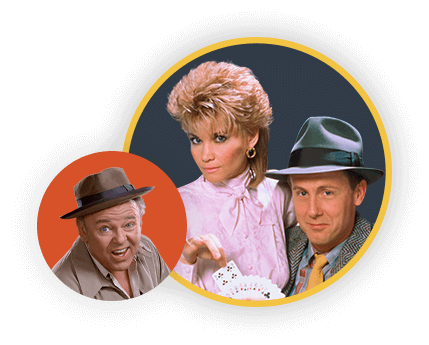Would you go to Jim Henson's 1960s far-out nightclub?

When Jim Henson is mentioned, it's pretty much a given that the first thing to come to mind is "puppets". While he is probably best remembered for The Muppet Show and the associated movies, it wouldn't be a surprise if you also associate him with Sesame Street, Fraggle Rock, Labyrinth, The Dark Crystal, or even The Jimmy Dean Show, where dog puppet Rowlf bantered with the country music star.
Yes, Jim Henson's many lasting works are a testament to his creativity. However, his imagination was not just limited to puppets.
Puppets were just one of the things that interested Jim Henson. While in his later career he would focus primarily on puppet-related projects, in the Sixties he worked on a variety of mediums. And baby, they were totally groovy.
In 1965, he made a short live-action film called Time Piece, a surrealist nearly dialogue-free project starring Henson himself. The experimental film revolves around a man trying to escape the passage of time. The short was nominated for an Oscar but lost to a French short film called The Chicken.
In 1969, Henson followed Time Piece up with The Cube, an hour-long teleplay about an unnamed man — literally named "The Man in the Cube" — played by Richard Schaal, who you may know as Chuckles the Clown from The Mary Tyler Moore Show or as Leo Heatherton in Phyllis. In this strange film, reality is subjective while a man is trapped in a cube with various people entering and exiting.
In the mid-to-late Sixties, Henson embarked on an even more ambitious project: a nightclub. Specifically, "a sensational glimpse into the inner contents of our time—a vital, living, expanding experience that consumes its audience."
Can you dig it, man?
Henson sketched a dome-shaped nightclub, meant to be a truly immersive art experience. The club would be named Cyclia, and according to the sales brochures, "Cyclia is the entertainment experience of the future—theater of the year 2000."
...Hey, remember that in 1966 the year 2000 was still the far-flung future.
The defining point to Cyclia was going to be faceted, crystalline shapes all across the walls, floors, and ceilings with video projected on them to align with whatever music was playing. This could be video of forests and slowly swirling paint to a relaxing folk song, or bright colorful bursts of animation for a rock number.
Henson nearly purchased a location in Manhattan for Cyclia for a cool $200k. However, the deal fell through, and the nightclub never materialized. A few rare snippets of the videos that were meant to be projected still exist. Take a look:




